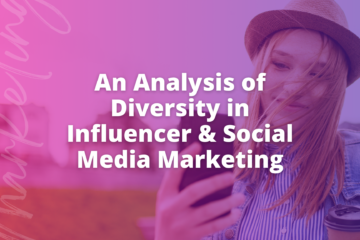
Macro vs. Micro-Influencer Marketing: Picking the Best Brand Partner

There’s almost no better way to get direct access and high levels of engagement with your target audience than influencer partnerships. Influencers have reach that extends far beyond most brands.
These individuals are making headlines and rubbing elbows with A-list celebrities. In some cases they overshadow traditional celebrities, depending on who you’re speaking with.
From 2019 to 2020, the influencer marketing industry grew from $6.6B to $9.7B.
But beyond the David Dobriks and Charli D’Amelios, a growing number of micro-influencers are steadily rising as the most in-demand brand partners.
Getting into Engagement Numbers

Almost half of all brands that use influencer marketing look at engagement numbers to determine success.
On average, the engagement rate of an influencer’s account steadily drops as their follower count increases. Which makes sense.
It’s really hard to establish a personal connection when you have thousands of followers. I myself struggle to actively engage when I get even a few dozen interactions, and I’m nowhere near the level of celebrity at which some of the leading influencers sit.
When comparing influencers with 1,000 followers or less to those with over 10k followers, the engagement rate drops by 50% on Instagram and by over 60% on Twitter from the smaller to larger following size.

The Definition of a Micro-Influencer
So how do you define a micro-influencer versus a macro-influencer?
That’s difficult to say. There really isn’t an authoritative voice on the regulation and standards for the influencer industry. Evaluations vary between platforms or even between brands and agencies.
Some define micro-influencers as those with less than 100k followers.
Others set the upper limit at 10k.
At some levels, it’s more obvious.
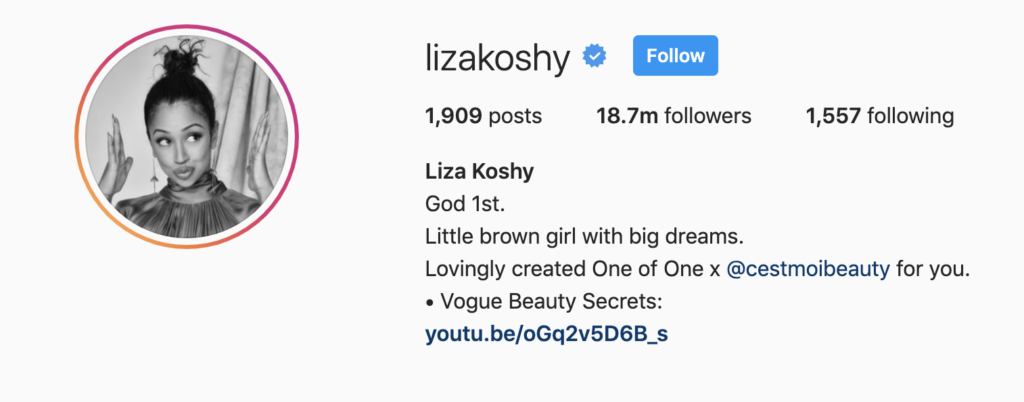
Liza Koshy clearly counts as a macro-influencer with:
- Over 18M Instagram followers,
- Over 17M YouTube subscribers,
- Credits in several movies,
- And partnerships with celebrities like Will Smith.
Let’s look at another social media persona, @danishrolls, also known as Vanessa K. She’s developed a strong voice within the black, natural hair and beauty communities.
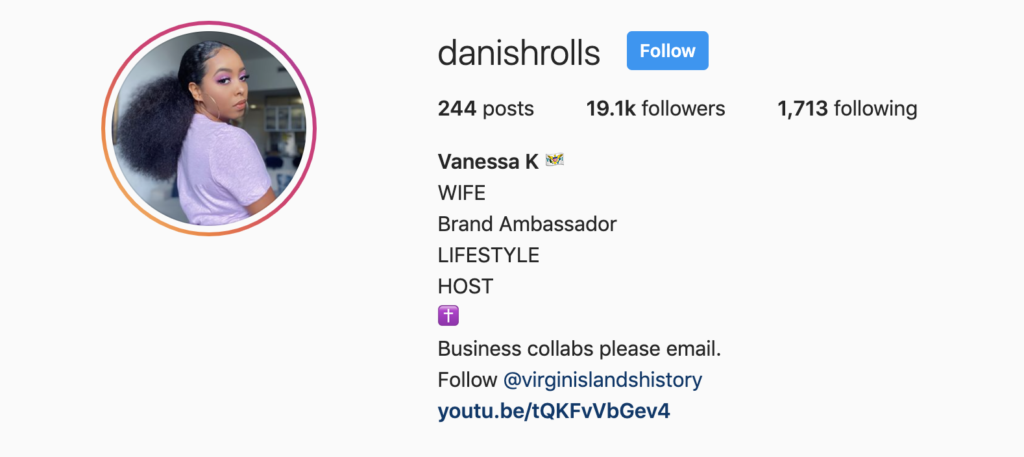
- Over 19k Instagram followers
- Over 250 YouTube subscribers
When I asked several curly haired women who they look to when they want advice on natural hair care, @danishrolls came up among the conversation. She’d certainly count as a micro-influencer who could offer a brand strong reach if they were looking to get visibility among a specific demographic about a specific topic.
Making the Choice: Engagement vs. Reach
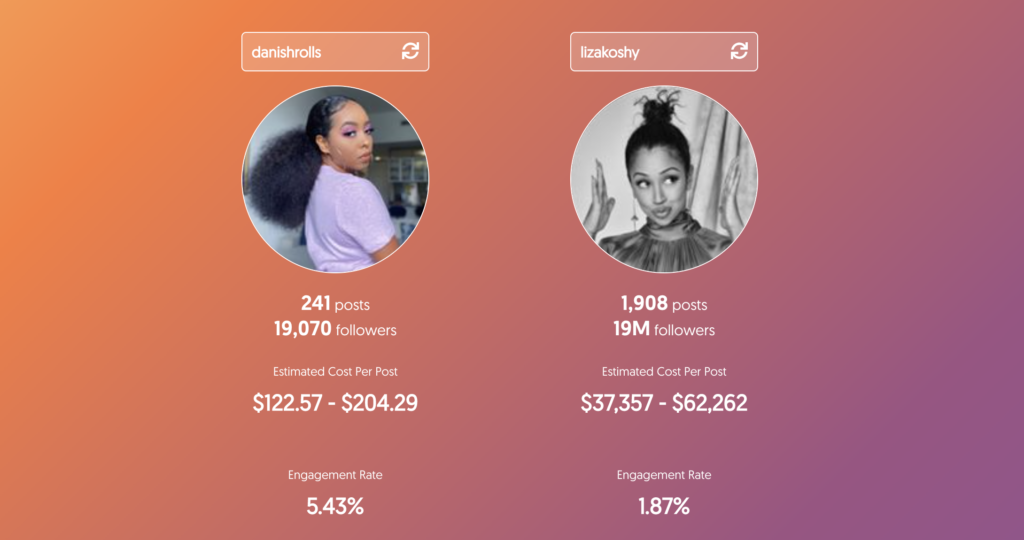
Personally, I’m much less likely to purchase something recommended by an influencer just because they have millions of followers. I’d prefer to look for opinions from someone who runs an account with a more modest following that feels more in touch with my interests.
Many times micro-influencers have built a following slowly over time through simple, organic engagement. They’ve earned trust and built a familiar brand within select communities.
Lately influencer content that blatantly pushes certain products gives off a superficial, tone-deaf vibe.
Social media users easily recognize inauthentic promo pieces that are just for profit.
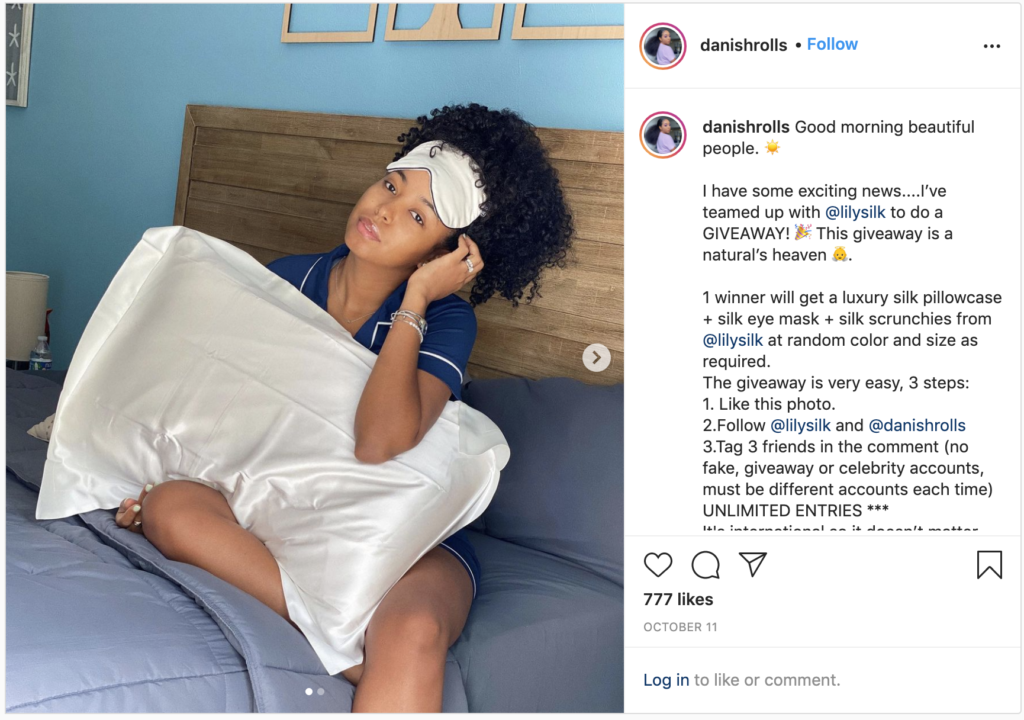
On the other hand, micro-influencers focus on specific areas of expertise rather than building a broad following on general appeal or being beautiful. That makes it easier for their audience to trust their word when it comes to these topics.
So if a brand has a product or service that aligns with a micro-influencer’s area of focus, it very well presents a perfect opportunity for profitable partnership.
The micro-influencer offers a more authentic, credible voice. And the marketing campaign likely experiences higher rates of engagement and outcome within the desired audience demographic.


Micro-influencer marketing rates are also usually more affordable. In fact, 97% of Instagram micro-influencers charge less than $500 for a branded post.
However, if the goal is just to get broad reach, a general influencer might represent the better option.
This would likely be the case with standard consumer products or brands that want to raise awareness with multiple demographics instead of a particular community.
Setting Your Micro-Influencer Marketing Strategy

The best ROI comes from:
1. Doing research to find digital communities composed of people who fit within your brand’s ideal customer persona (ICP). Or finding the ones that form the best online forums for discussing things that relate to your brand, its products and services.
2. Identifying people within those communities who, regardless of being a designated “official” influencer or not, are highly active and respected in them.
3. Partnering with these social community members. Then allowing them to share their expertise to help create authentic content that points to your brand as one that can provide true value and benefit to the specific needs of the community.
4. Determining realistic metrics to measure success.
You’re unlikely to see a huge bump in revenue as a direct result of every micro-influencer marketing campaign you run.
But it’s a great way to build or improve relationships, trust, awareness and brand recognition with a specific community or demographic. These valuable touchpoints can lead to significant payoff over the long term.
Using specific codes with different influencers that their followers can then use to make purchases can give some transparency into which partnerships are most successful.
Want more tips and recommendations on how to set up the right influencer marketing strategy? Connect with me on LinkedIn or sign up for my newsletter and get marketing insight delivered to you weekly.


